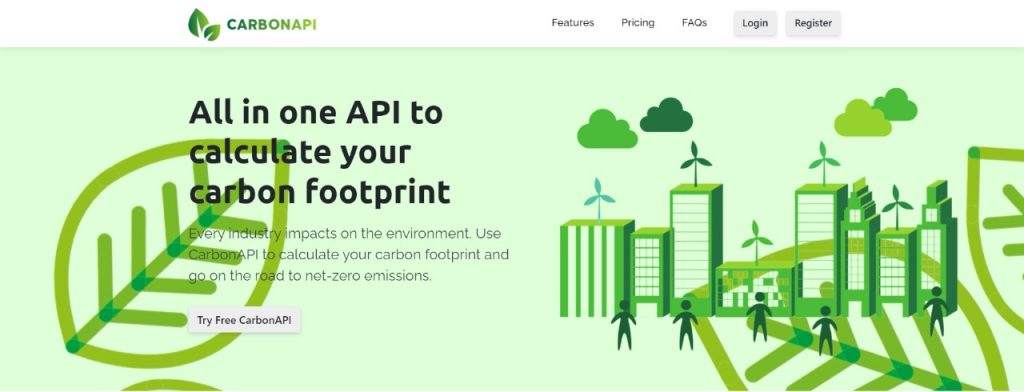The food industry is one of the biggest emissiors of CO2 in our time. In this article, we will tell you which is the best way to measure it.
Food and agriculture account for one-quarter of all global greenhouse gas emissions. The global food system, which includes production as well as post-farm processes including processing and distribution, is a major source of emissions. And it’s a problem for which we have no practical technological solutions.
One of our major challenges in the future decades will be reducing emissions from food production. Unlike many other elements of energy production where the feasible potential for adapting to low-carbon energy exists, the options for decarbonizing agriculture are less obvious. To meet rising food demand, we’ll need inputs like fertilizers, and we won’t be able to stop livestock from creating methane. Dietary adjustments, food waste reduction, agricultural productivity improvements, and technology that makes low-carbon food options scalable and affordable will all be required.
It is a tremendous change on a huge scale. It needs a change of mind from the great majority. It is not impossible, but it is too hard and able to happen in a long period of time. However, it is never too late or too early to start, if we want to take care of our environment.

In these times, we count on so many applications, calculators, and systems that make different aspects of our lives a little simpler and easier. Through carbon calculators, we can obtain the value of the specific activity that we request. This is the first and most important step to take if you want to begin with your way of improving the green aspects of your industry.
Knowing the amount of CO2 and other gases liberated into the atmosphere, you have the basis to begin thinking and creating different solutions. This solution will always be aimed at improving this value. Depending on your strategery and the methods you use to carry on your green-up-grades, you are able to control in real-time the variety of results and compare them with older stats.
What is most interesting, and not less important, is that you do not need to have extra knowledge or specific studies to use the carbon calculators. These are systems formed by a space where you introduce the data required and a button that, after pressing, gives you the answer detailed. These programme outputs will be given in the unit of measurement that you have already selected (Kgm, Tm, etc).
So, if you’re looking for a carbon calculator, don’t waste your time scouring the internet for options. We evaluated the market and selected CarbonAPI.
CarbonAPI.
CarbonAPI is known as the most user-friendly and trustworthy company. Learn more about this business in the sections below.

CarbonAPI is an application that calculates your CO2 emissions based on the activities that cause emissions. It contains a number of capabilities, including daily and updated carbon reporting as well as the option to calculate pollution in a variety of quantities (kg, km, tonnes, and so on) depending on your needs. Their API intends to help with climate change mitigation. Calculate your carbon footprint to get started on your zero-emissions adventure.
It has certain characteristics.
It is easy to implement.
Integrating user interfaces is simple with the CarbonAPI cloud architecture. Make your API integration blend seamlessly with your company’s appearance, feel, and operations. Endpoints and integration possibilities are detailed in our developer documentation.
Real-time emissions are computed.
CarbonAPI may calculate emissions in terms of production units per hour, material consumption units per hour, or any other unit with an emission component.
Authenticity and accessibility are crucial in reporting.
You can put up to a year’s worth of consumption into your account. CarbonAPI was used to calculate CO2 emissions in kilogrammes. Analytical consumption graphs are also available through this API.
Join CarbonAPI.
1: Go to the CarbonAPI website to learn more. Select “Register” from the drop-down menu.
With the information you have, fill in the gaps.
2: Double-check your email address to make sure it is correct.
3: Choose the endpoint that best suits your requirements from the list.

